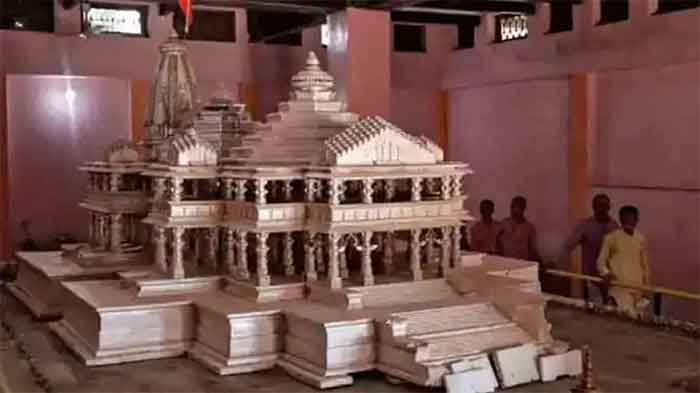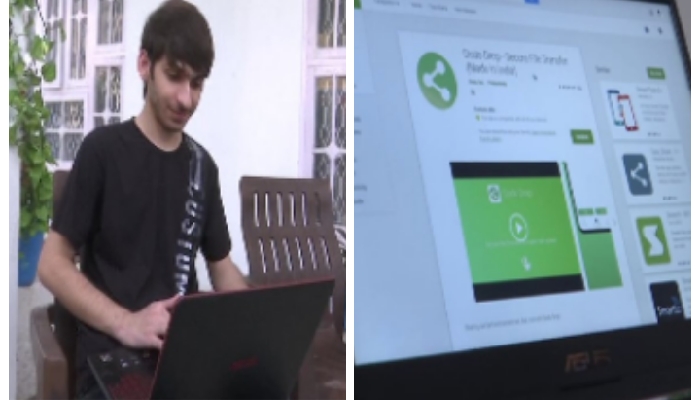New Delhi, Oct 19: The Congress headquarters in the national capital Sunday wore a deserted look after the drubbing the party received in the assembly elections in Haryana and Maharashtra. Only a group of workers was around, demanding a bigger role for Prianka Gandhi in the party.
No leaders were available at the party headquarters to comment on the poll debacle. Party spokesman Ajay Maken came in the morning, but as it became clear that the Congress was headed to the defeat in both states, which it held so far, he too left the office.
Jagdish Sharma, a local Congress worker, told media persons that the reason behind the electoral debacle of the Congress was the diconnect between the cadre and the leadership.
"We are losing elections because the disconnect between the leaders and the cadre is very glaring. We do not have any access to the top leaders or the high command," Sharma said.
Earlier in the day, about 100 party workers gathered at 24 Akbar Road, the party's head office, and batted for Priyanka Gandhi's formal induction into the grand old party.
The workers, mostly women, carried banners showing Priyanka Gandhi's portrait and raised slogans "Priyanka Gandhi Congress Bachao" (Priyanka Gandhi save Congress) and "Priyanka lao, desh bachao" (Bring Priyanka and save the country).
"Priyanka Gandhi should be inducted into the party. She should help party vice president Rahul Gandhi to rebuild Congress," Sharma said.
Maharshtra Congress leader Priyanka Chaturvedi, however, said that there was no need to despair as the party has shown a better performance in both states compared to what it did during the general elections held in April-May this year.
"In democracy, some people lose and some win. In these elections, though we lost, we have shown a better performance compared to the parliamentary elections," Chaturvedi told media persons.
Pradip Singh Zaildar, member of campaign committee of the Congress in Haryana, said incumbent chief minister Bhupinder Singh Hooda was to blame for the defeat.
"There was no Modi (prime minister Narendra Modi) wave in Haryana. Hooda is completely responsible for the loss. He was driven by self interest and was not thinking about the party. His slogan 'Agli sarkar Hooda sarkar' (the next government will be Hooda government) also showed he turned this election into a personal affair," Zaildar told IANS. The BJP is slated to form the government in Haryana on its own and has emerged as the single largest party in Maharashtra.







Comments
Add new comment